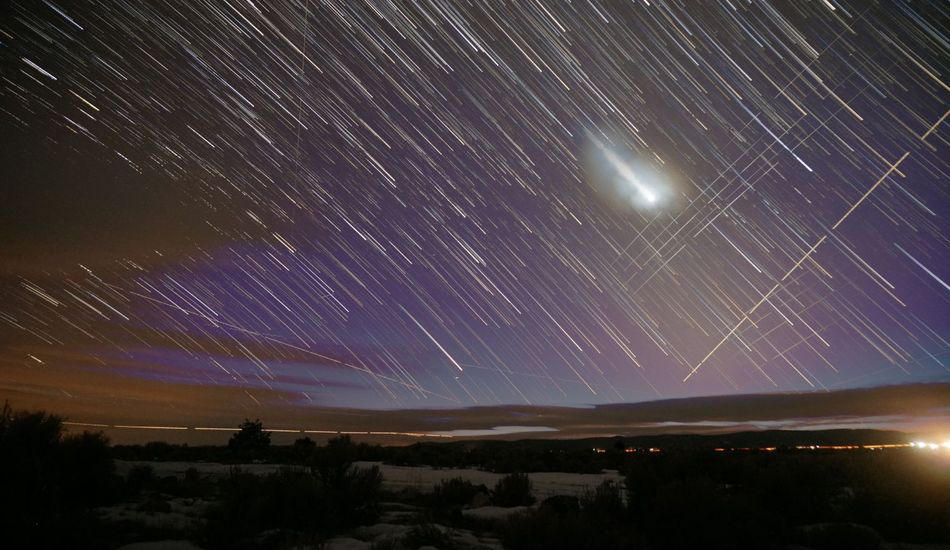
Solar Storms Impact Starlink Satellites
Recent research indicates a concerning correlation between heightened solar activity and the lifespan of SpaceX's Starlink satellites. The study, while still awaiting peer review, suggests that increased solar storms, particularly during periods of solar maximum, significantly shorten the operational life of these satellites. This is due to geomagnetic activity, which heats and expands the Earth's upper atmosphere. This atmospheric expansion increases drag on the satellites, forcing them to re-enter the atmosphere faster than initially anticipated.
Accelerated Re-entry and Increased Risk
The research tracked the re-entry of hundreds of Starlink satellites between 2020 and 2024, a period marked by escalating solar activity. The analysis revealed that during intense geomagnetic storms, the satellites' lifespans could be reduced by 10 to 12 days. While seemingly a small amount of time, this reduction could hinder SpaceX's ability to perform controlled re-entries, potentially leading to uncontrolled re-entry at higher velocities. This increased velocity, counterintuitively, might lessen disintegration and increase the chance of larger debris fragments reaching the Earth's surface.
Growing Concerns in a Crowded Orbit
This issue is further complicated by the sheer number of Starlink satellites currently in orbit – over 7,500, with plans for a massive expansion. The increased frequency of satellite re-entries, potentially reaching daily occurrences in the coming years, necessitates a deeper understanding of solar activity's impact. This is crucial not only for mitigating the risk of uncontrolled re-entries and debris but also for managing the increasingly crowded space around our planet. The study highlights the urgent need for improved orbital modeling, incorporating the effects of geomagnetic activity to enhance collision avoidance strategies and better predict satellite lifetimes.
While SpaceX maintains that any resulting debris poses no risk, a past incident involving a significant Starlink fragment landing on a farm underscores the potential for harm. Further research is needed to accurately assess the risk associated with higher-velocity re-entries and the potential for larger debris impacting the Earth.
Source: Gizmodo